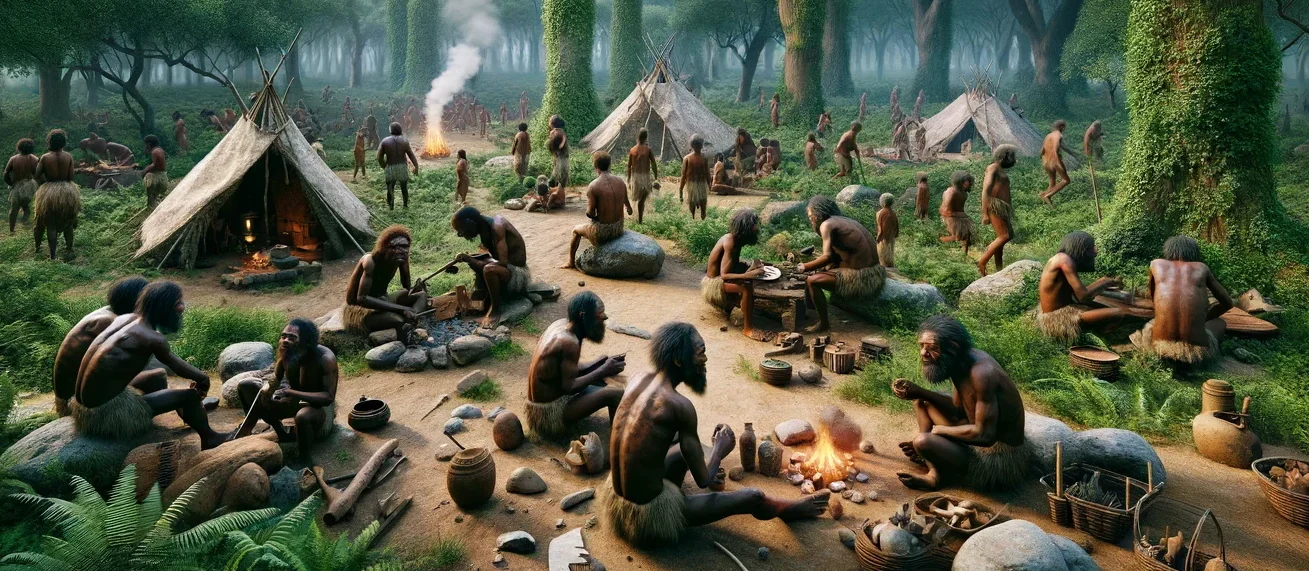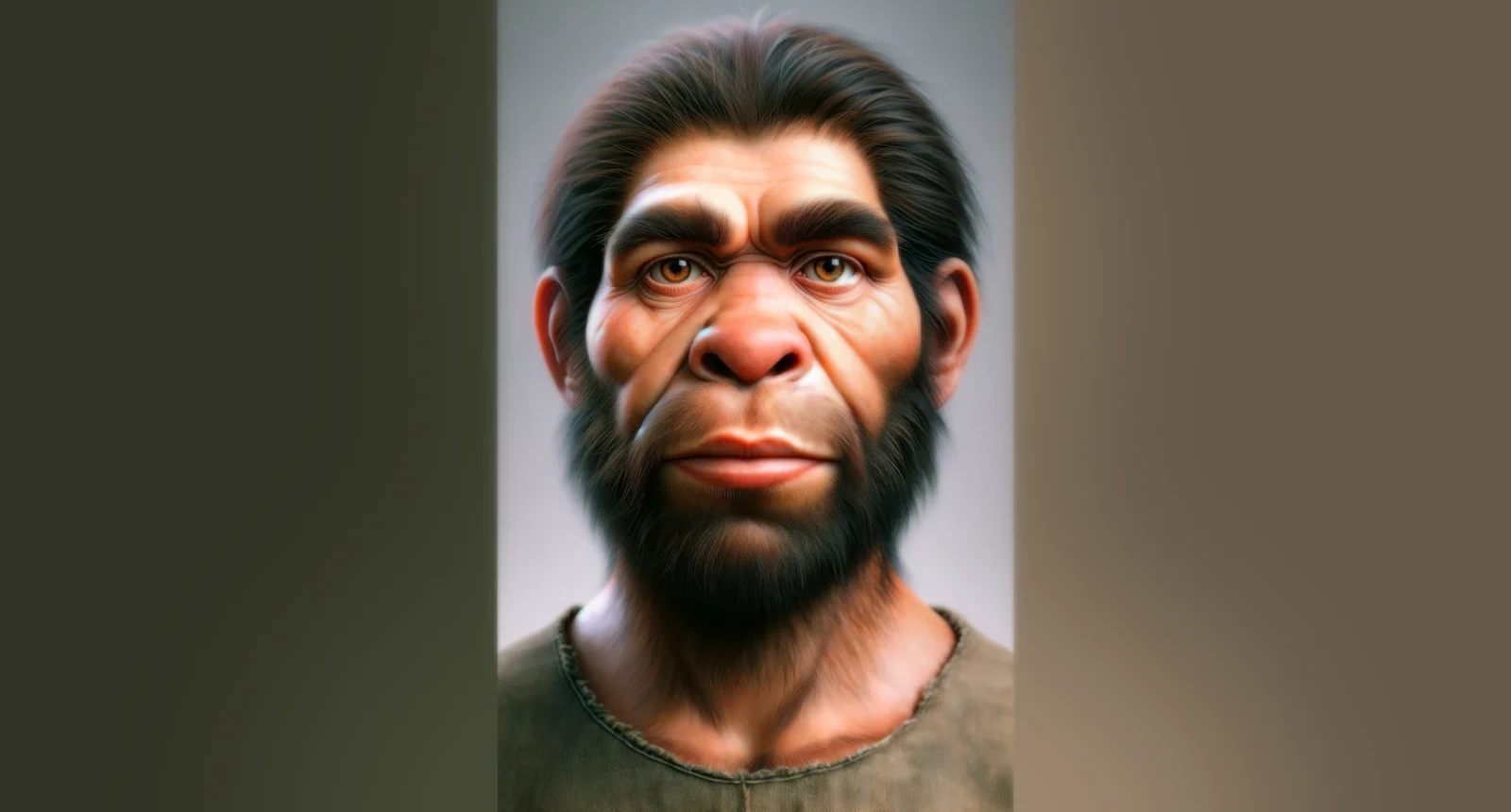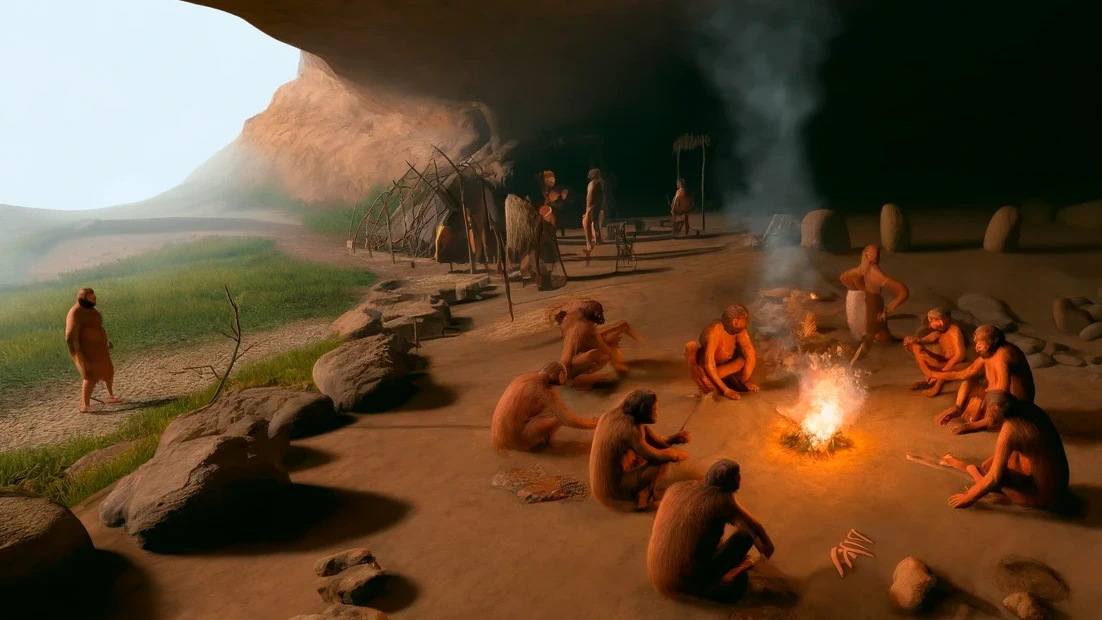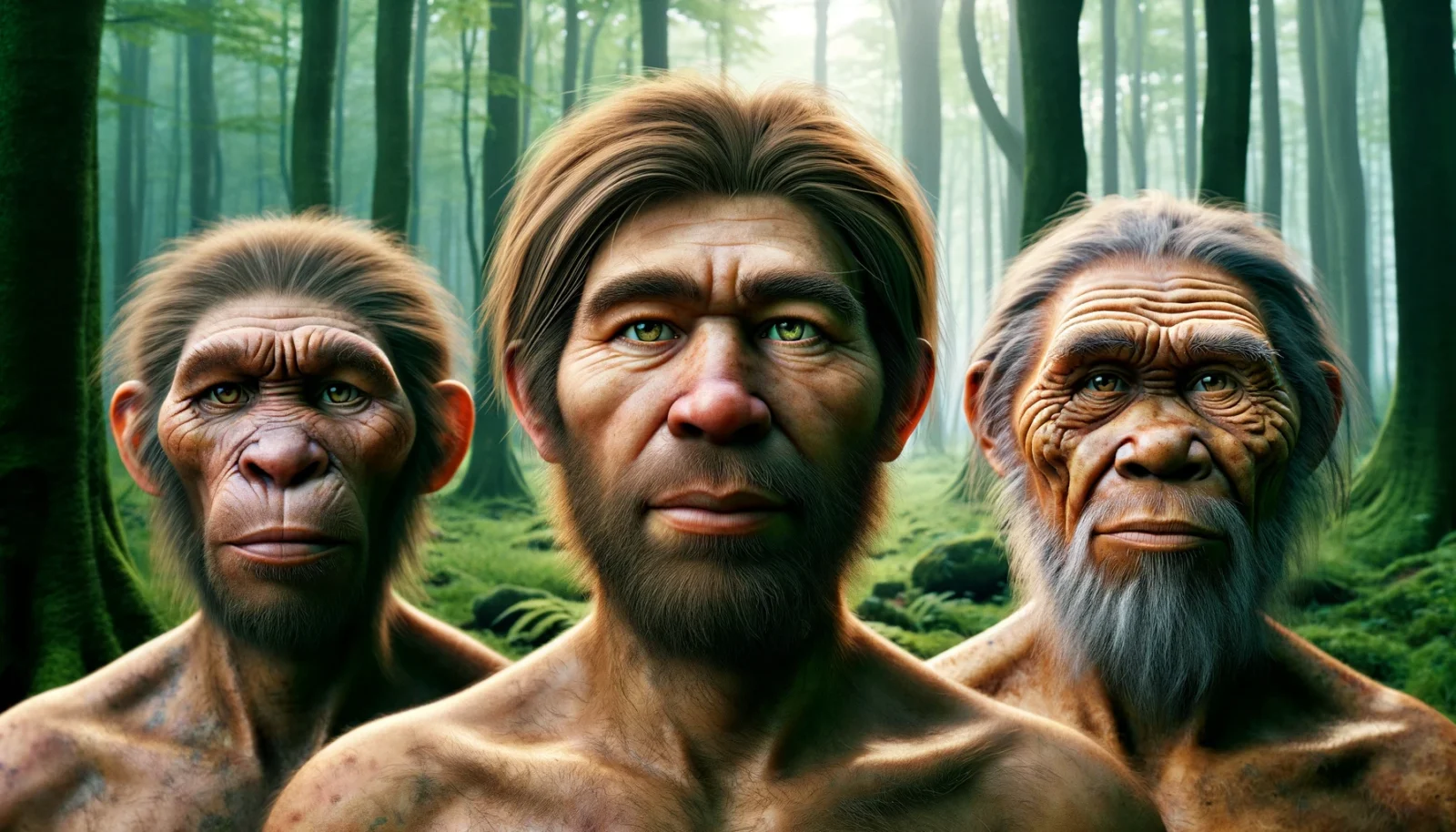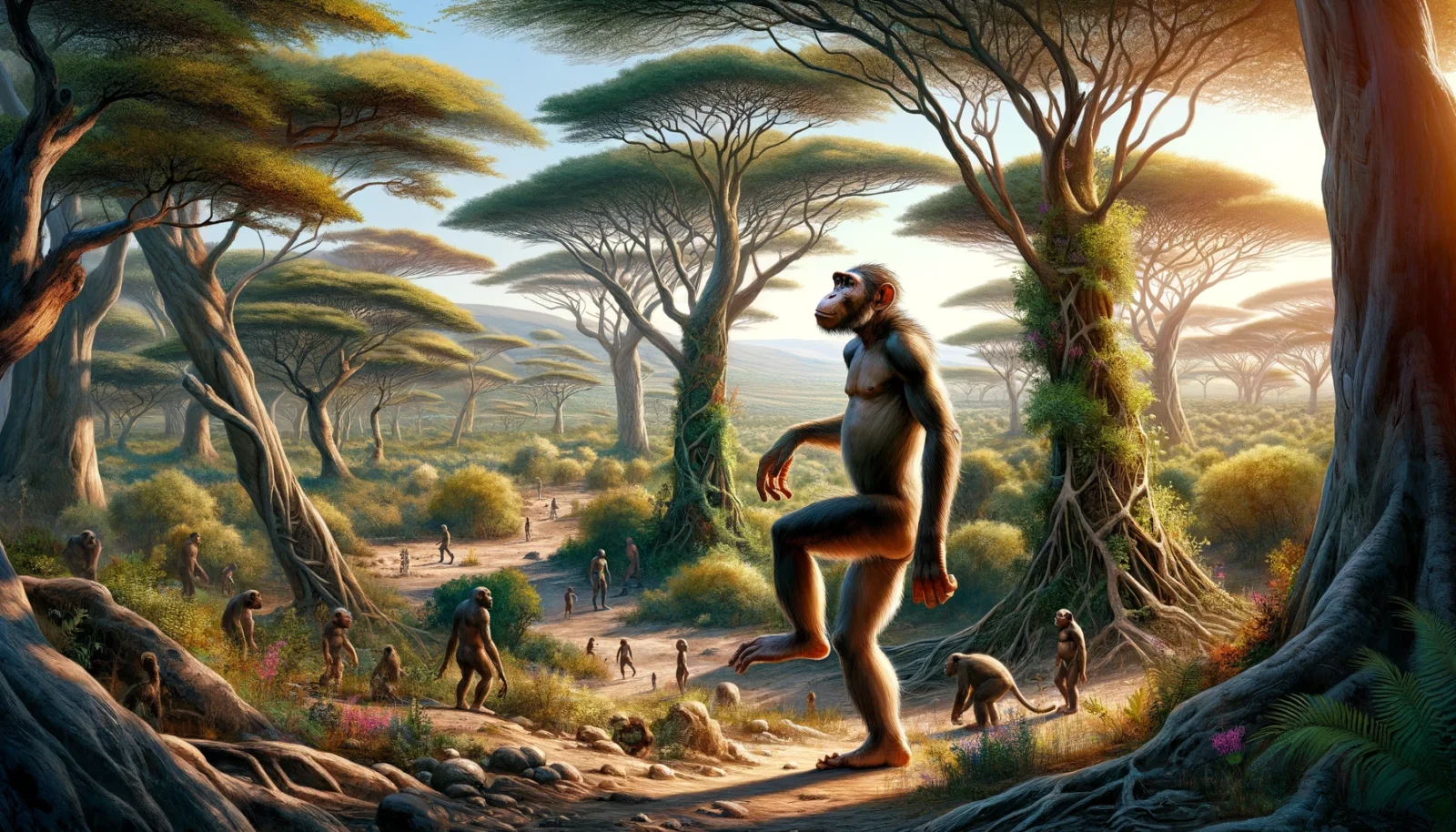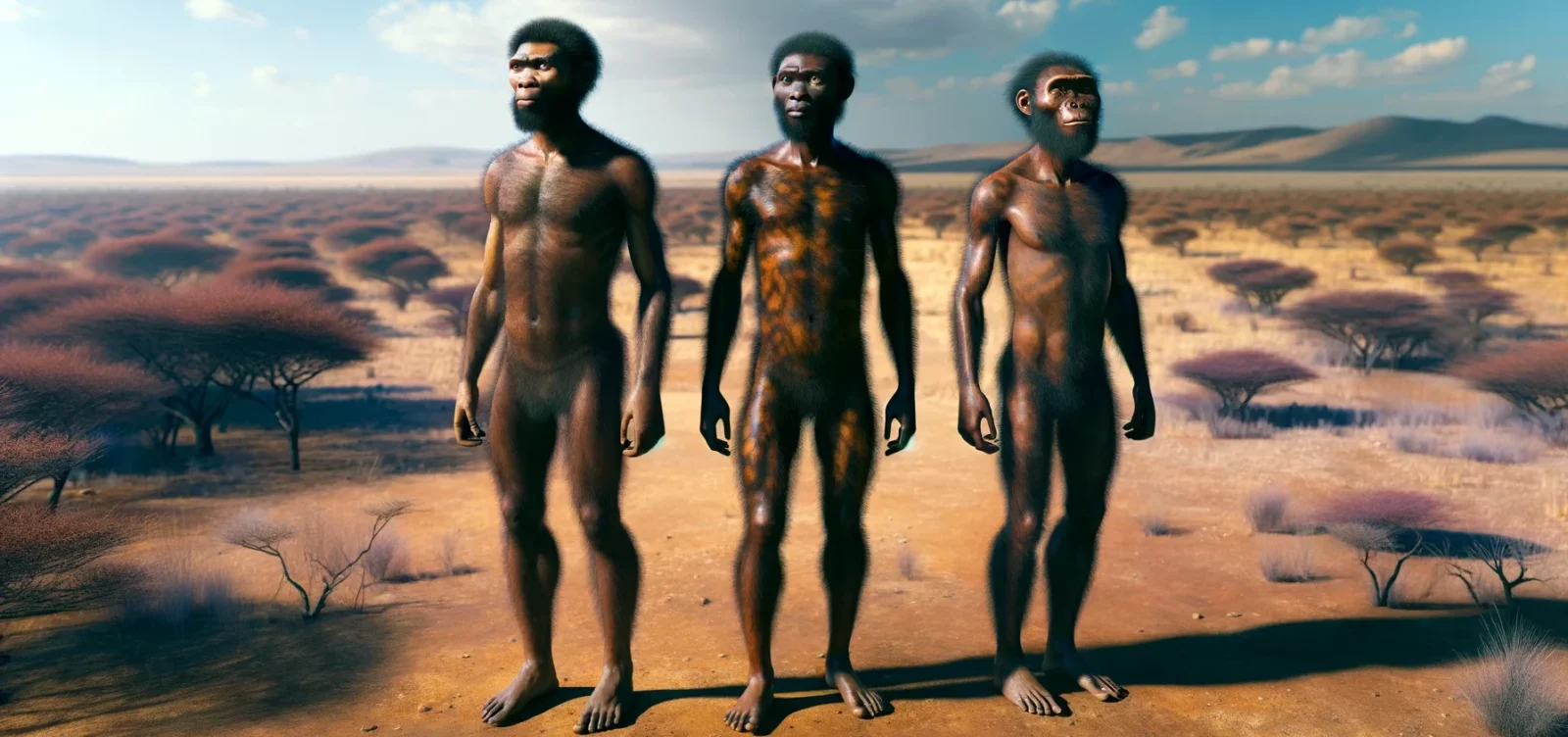Human Thumb Evolves
Slightly greater range of movement and precision: Around 2 to 3 million years ago, the evolution of the human thumb reached a pivotal point. Early hominins, such as Australopithecus and later Homo habilis, exhibited a thumb that was more similar to that of modern humans. This thumb was capable of a greater range of movement […]
Human Thumb Evolves Read More »




